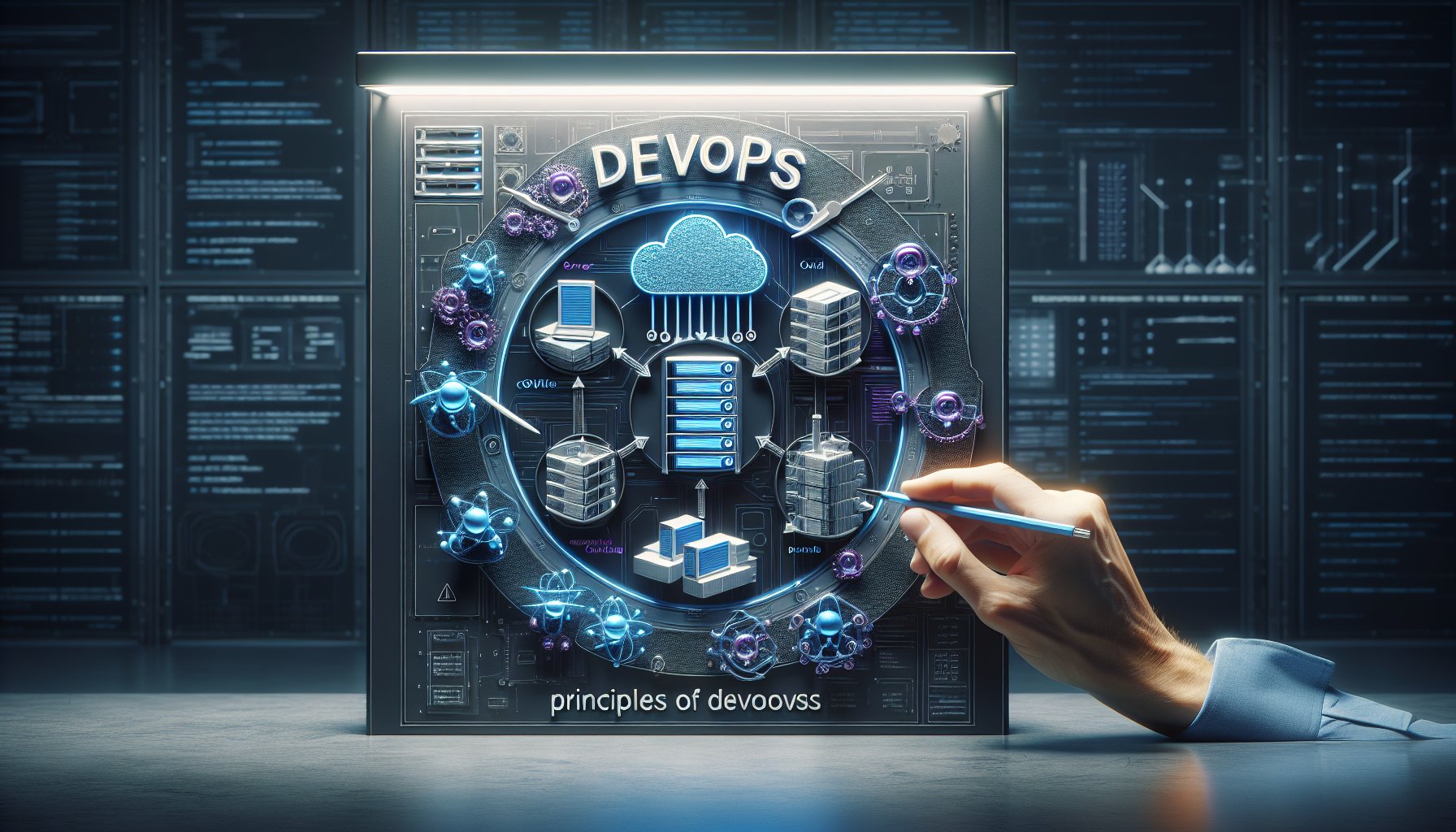Introduction
DevOps, an innovative combination of development and operations, has evolved dramatically over the years, leading to an era of unprecedented digital innovation. Today, we delve into the most advanced DevOps practices that are shaping the IT landscape of 2025 and beyond.
Continuous Integration and Continuous Delivery (CI/CD)
CI/CD remains a cornerstone of modern DevOps, promoting faster and more reliable software releases. The latest CI/CD tools enable real-time visibility into the development process, allowing developers to catch and fix issues early, resulting in improved code quality and reduced time to market.
Practical Example: GitLab
GitLab offers a robust platform for CI/CD with automated testing, deployment pipelines, and advanced security features. With GitLab, you can automate everything from code reviews to performance testing, ensuring seamless software delivery.
Infrastructure as Code (IaC)
In 2025, IaC is no longer a luxury but a necessity for businesses aiming for agility and scalability. IaC enables the automation of infrastructure provisioning, reducing human error and promoting consistency across development, testing, and production environments.
Practical Example: Terraform
With HashiCorp's Terraform, you can manage and provision your infrastructure across multiple cloud providers. Terraform uses a declarative language, allowing you to describe your desired state of infrastructure and letting the tool do the rest.
Microservices Architecture
Microservices architecture has emerged as a highly agile and scalable approach to application development. By breaking down an application into small, loosely coupled services, it allows for independent deployment and scalability of each service.
Practical Example: Kubernetes
Kubernetes, a leading container orchestration platform, enables effective management of microservices. It provides automated deployment, scaling, and management of containerized applications, making it a go-to solution for modern DevOps teams.
AI in DevOps
AI is revolutionizing DevOps by bringing intelligent automation to the table. AI-powered tools can predict issues before they arise and automate routine tasks, freeing up DevOps teams to focus on high-value activities.
Practical Example: Dynatrace
Dynatrace, an AI-powered software intelligence platform, offers real-time analytics and automatic problem remediation. It provides precise insights into your applications, enabling proactive issue resolution and performance optimization.
Conclusion
The DevOps landscape in 2025 is characterized by continuous evolution, with advanced practices like CI/CD, IaC, microservices, and AI playing pivotal roles. Embracing these cutting-edge practices is crucial for any business looking to stay competitive in the rapidly evolving digital world. By harnessing the power of these next-gen DevOps practices, businesses can accelerate software delivery, improve application performance, and drive digital innovation.
